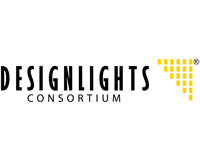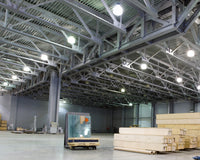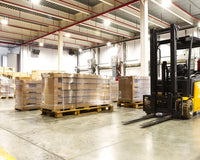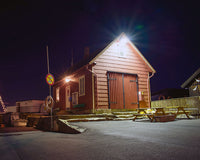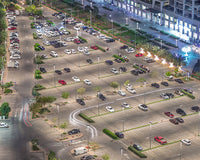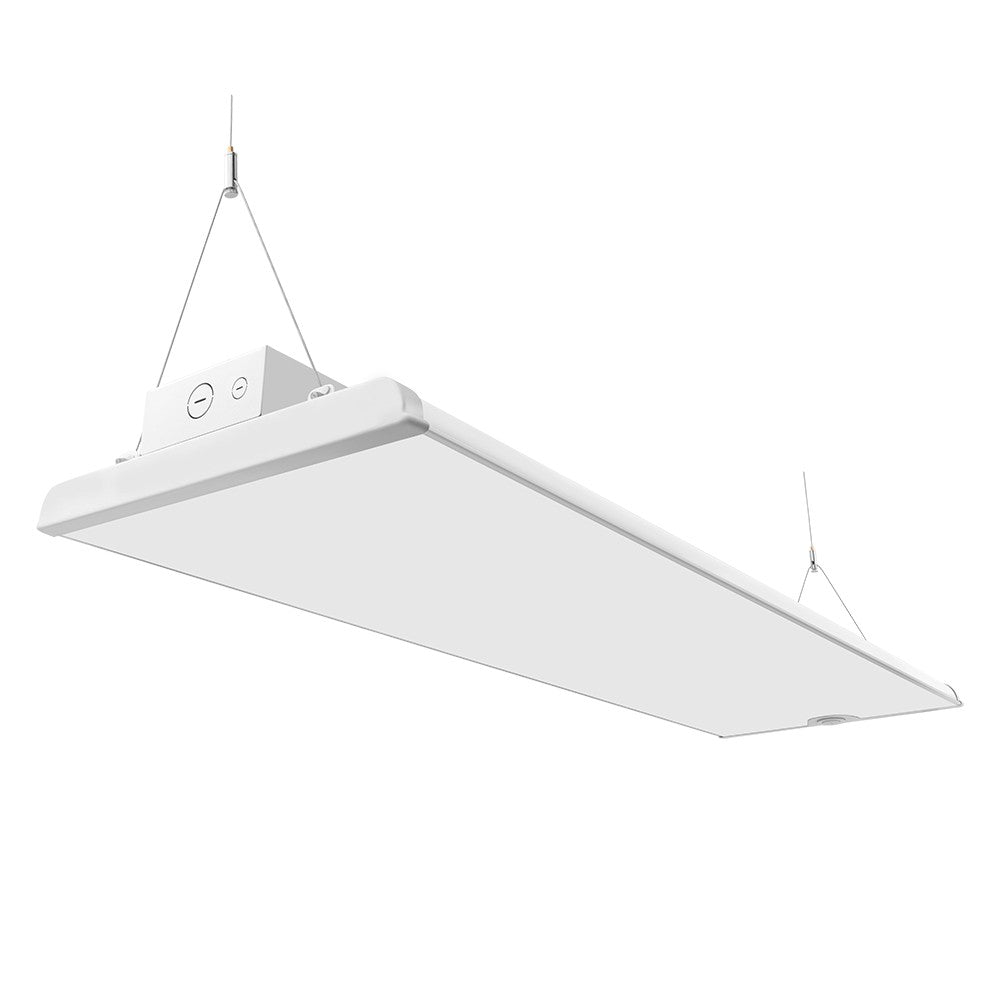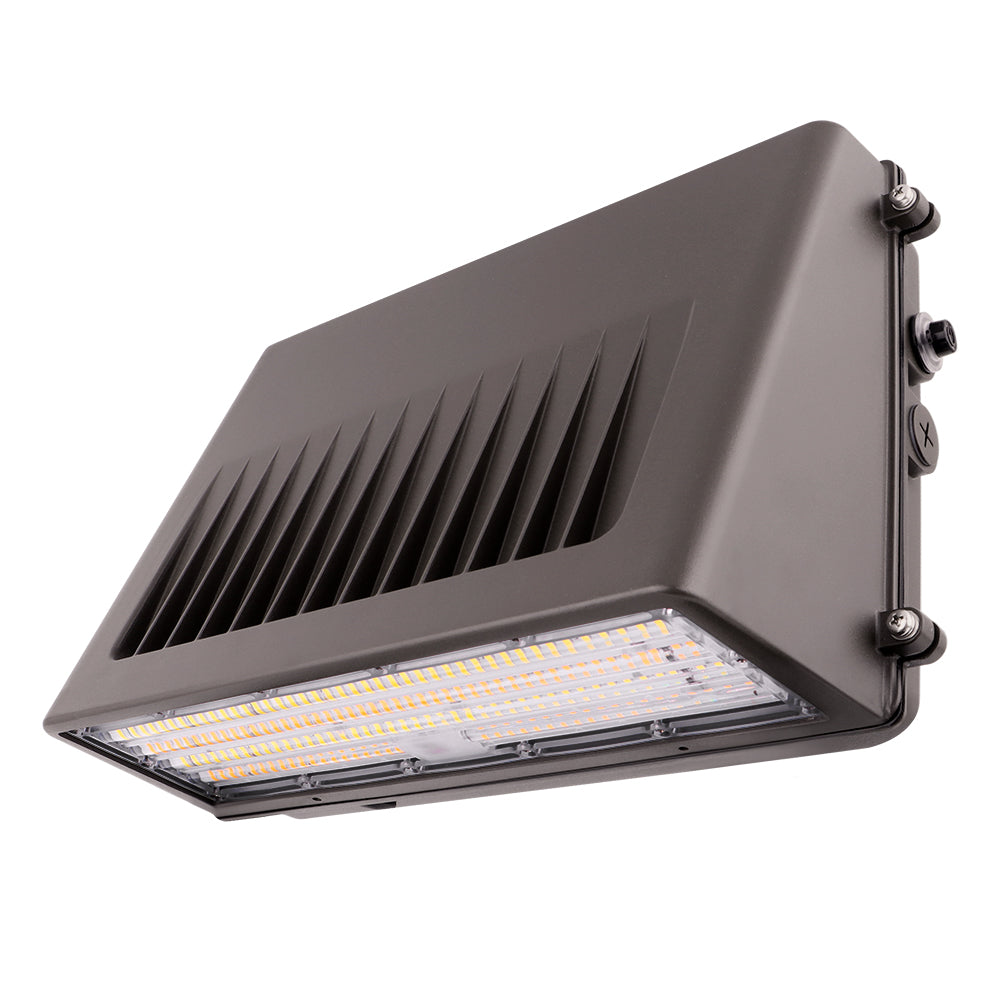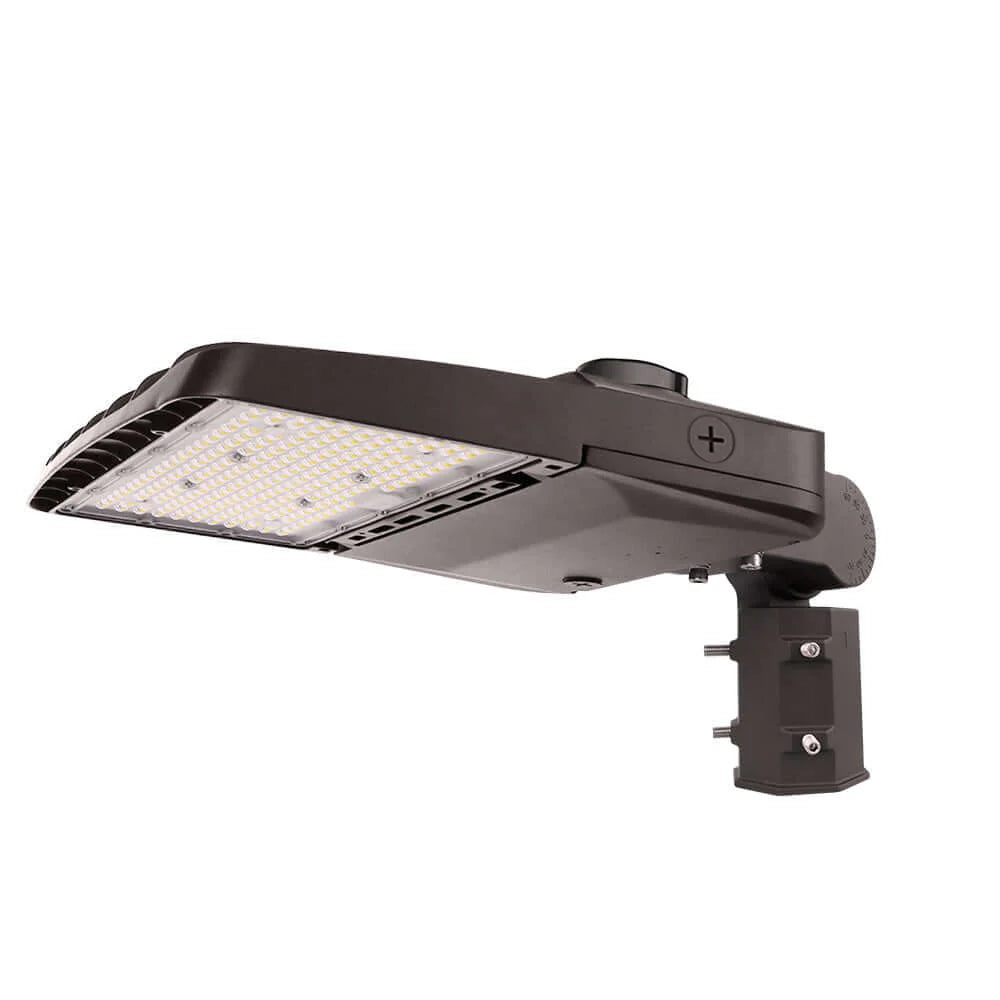Whether you're managing a local football field or a world-class stadium, LED sports lighting is the backbone of modern sporting events. These systems do more than just illuminate, they ensure every pass, serve, and goal is seen clearly, no matter the time of day.
But to keep these lights performing at their best, you can't just install them and forget them. Regular maintenance and quick troubleshooting are essential to avoid performance dips, unplanned downtime, or worse, safety hazards.
This guide is here to help your facility managers, maintenance crews, and venue operators, keep your LED stadium lights in peak condition. From daily maintenance tips to quick troubleshooting checks, you'll find practical advice you can implement right away to extend lifespan, maintain brightness, and keep your venue event-ready.
Part 1. Why Regular Maintenance and Troubleshooting Matter
Think of your LED sports lights as precision equipment, they're designed for long-term use, but only when cared for properly. Daily attention can go a long way.
- LEDs are already known for their longevity, but dust buildup, loose connections, or unnoticed water ingress can chip away at that expected lifespan fast. Regular check-ups help you catch small issues before they grow.
- Routine inspections help you avoid emergency repairs and costly replacements, saving your budget in the long run.
- Uneven brightness or flickering distracts athletes and compromises the viewing experience. Spotting issues early means every corner of the pitch stays evenly lit.
- Loose fittings or malfunctioning lights can pose safety risks. A reliable system keeps you compliant with sports lighting standards—and keeps everyone safe.
Part 2. Daily Maintenance Checklist
A quick but thorough daily inspection helps catch problems early. Here's what to focus on:
Visual Inspection: Take a walk around your venue and visually inspect each light. You're looking for:
- Cracked lenses
- Discolored fixtures
- Any obvious structural damage or water ingress
Even minor physical changes can indicate deeper issues inside the fixture.
Cleaning Lenses and Fixtures: Dust, bugs, and debris build up fast, especially in open-air stadiums. A dirty lens reduces light output and efficiency. Use a soft cloth and mild cleaning agent to gently wipe down each lens.
Check for Flickering or Dimming: A flickering light can be the first warning of a failing driver or unstable power input. If you notice inconsistent brightness, it's time to investigate before it spreads to other fixtures.
Secure Mountings and Connections: LED stadium lights are exposed to wind and vibration. Daily, make sure that:
- All bolts are tight
- Mounting brackets are stable
- Electrical connections haven't loosened over time
Surge Protection Check: After any storm or power spike, inspect your surge protection systems. These are your frontline defense against voltage surges that can damage LED drivers permanently.
Keep a detailed maintenance log. Record what you check and any unusual findings. Over time, this log helps you spot patterns and make better repair or upgrade decisions.
Part 3. Common Issues and Troubleshooting Tips
Even the most reliable LED sports lights can occasionally act up. The good news is that most issues can be diagnosed and resolved quickly, if you know what to look for. Here's a breakdown of the most common problems and how you can tackle them without needing to replace the entire system.
1. Flickering Lights
Flickering isn't just annoying—it's often an early warning. This could point to a driver failure or voltage fluctuations in your circuit.
What to do:
- Inspect the driver unit for signs of wear or overheating
- Check your power supply for consistency—unstable voltage can wreak havoc on performance
- If needed, replace the driver with a manufacturer-approved unit
2. Lights Not Turning On
If one or more lights aren't responding, the issue may lie in a wiring fault, power supply disruption, or a timer/controller error.
What to do:
- Test the wiring and terminals—look for loose or corroded connections
- Reset the lighting controller or timer
- Swap in a known-working power supply or control unit to isolate the faulty component
3. Uneven Light Distribution
Uneven brightness across the field? Often, it's a matter of fixture misalignment or foggy lenses.
What to do:
- Manually realign the fixtures to ensure beam angles match design specs
- Clean lenses thoroughly, fogging or dirt can block output
- Replace cracked or permanently clouded lenses
4. Overheating Fixtures
If your lights feel hot to the touch or shut off unexpectedly, the culprit might be clogged vents or a failed heat sink.
What to do:
- Ensure cooling vents are clean and unobstructed
- Check the heat sink for proper thermal contact and no signs of dust buildup
- Don't ignore heat, prolonged overheating shortens lifespan significantly
5. Complete Light Failure
When an entire unit stops working:
- Inspect the power source, breaker, and any inline fuses
- Check wiring continuity with a multimeter
- Test individual components like LED chips and drivers, replacements are often cheaper than buying a whole fixture
Part 4. Remote Monitoring and Diagnostics (Optional for Smart Systems)
Modern LED sports lighting often includes smart controls, making maintenance easier. Here's how remote monitoring can help:
Today's advanced systems often support Bluetooth or Wi-Fi connectivity (including WPA2, WPA3, and 802.11n/ac protocols), giving you remote access to key features like:
- Switching lights on/off
- Dimming controls
- Scheduled on/off timing
- System-wide status updates
This means you can manage entire lighting zones from your smartphone or control center, without needing to send someone up a ladder every time a light acts up.
One of the most helpful features is automated alerts. Many smart controllers will notify you when a fixture is overheating, flickering, or offline. These error logs allow you to address problems before they impact a live event.
If you haven't yet adopted remote control, consider upgrading. Systems like DMX controllers, DALI lighting systems, or app-controlled hubs offer strong compatibility with modern LED sports light installations.
Adding remote diagnostics to your toolkit isn't just convenient, it's a proactive step towards better lighting reliability, easier maintenance, and lower operational stress.
Part 5. When to Call a Professional
While many minor issues with LED sports lights can be managed in-house, there are situations where bringing in a qualified technician is the safest and smartest move.
Persistent System Failures: If you're dealing with persistent system failures that return despite routine fixes, it's a sign something deeper is wrong like failing internal components or incorrect power configurations. At this point, further DIY troubleshooting may cause more harm than good.
Driver or Ballast Replacement: Driver or ballast replacements also require specialist knowledge. These components are sensitive and, if incorrectly installed, can shorten the lifespan of your lighting system or pose serious safety risks.
Electrical Safety Concerns: Speaking of safety, don't take chances with electrical issues. If you suspect wiring faults, exposed conductors, or overheating power sources, stop immediately and call in a certified electrician. Stadium lighting operates on high-voltage systems that shouldn't be handled casually.
Upgrading to Smart or High-Lumen Systems: New installations or retrofits require precise calibration for optimal light distribution and energy efficiency. Professionals can help with system design, compatibility checks, and installation to ensure everything runs smoothly from day one.
Conclusion
Consistent daily checks and quick troubleshooting keep your LED sports lighting performing at its best. By catching small issues early, you avoid costly downtime and extend the system’s lifespan, maximizing your investment. Proactive maintenance isn’t just about repairs; it’s about ensuring perfect visibility for every game. Pair your routine care with professional support when needed, and your venue will always be match-ready.



